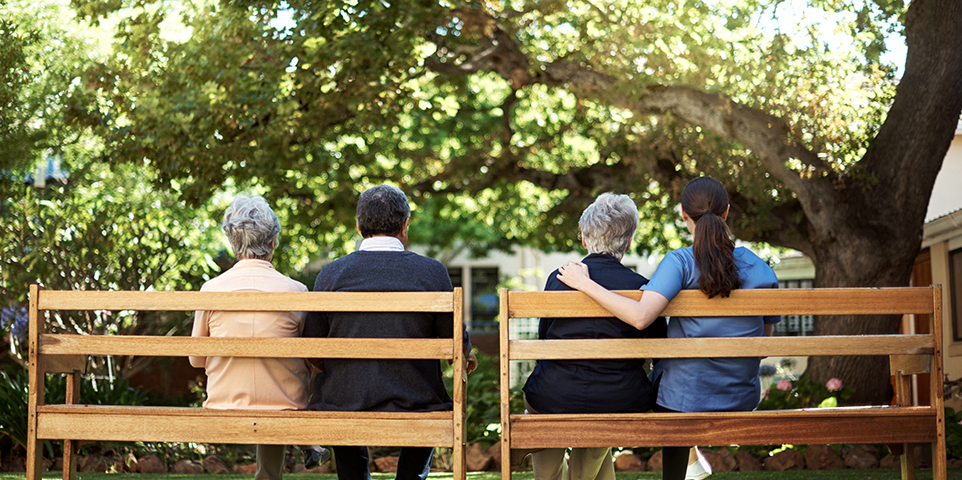MEMBERSHIP
AMPLIFY
EN ESPAÑOL
Connect With Us
- Popular search terms
- Automobile
- Home + Renters
- Claims
- Fraud
- Hurricane
- Popular Topics
- Automobile
- Home + Renters
- The Basics
- Disaster + Preparation
- Life Insurance

Because of old age, mental or physical illness, or injury, some people find themselves in need of help with eating, bathing, dressing, toileting or continence, and/or transferring (e.g., getting out of a chair or out of bed). These six actions are called Activities of Daily Living–sometimes referred to as ADLs. In general, if you can’t do two or more of these activities, or if you have a cognitive impairment, you are said to need “long-term care.”
Long-term care isn’t a very helpful name for this type of situation because, for one thing, it might not last for a long time. Some people who need ADL services might need them only for a few months or less.
Many people think that long-term care is provided exclusively in a nursing home. It can be, but it can also be provided in an adult day care center, an assisted living facility, or at home.
Assistance with ADLs, called “custodial care,” may be provided in the same place as (and therefore is sometimes confused with) “skilled care.” Skilled care means medical, nursing, or rehabilitative services, including help taking medicine, undergoing testing (e.g. blood pressure), or other similar services. This distinction is important because Medicare and most private health insurance pays only for skilled care–not custodial care.